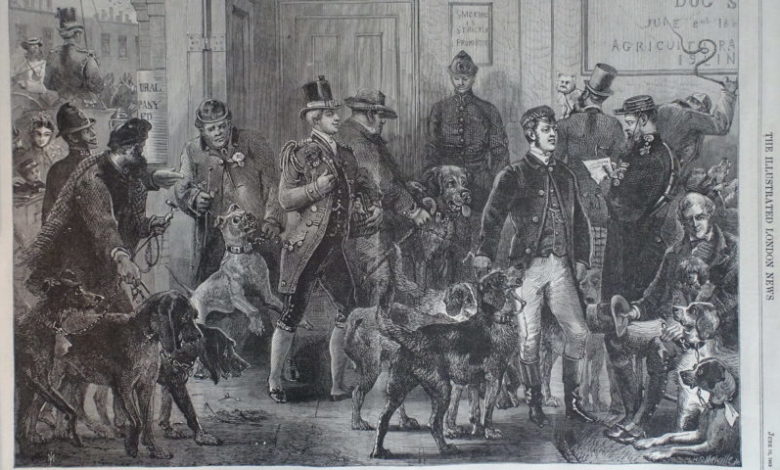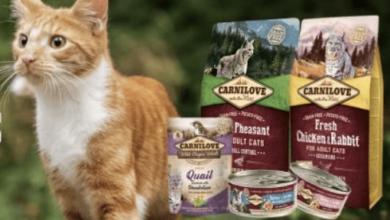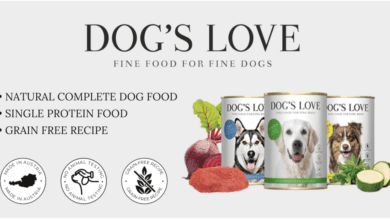The history of British families and their pets

It seems odd to think of pets as something other than a part of the family. Especially within the British culture, our smaller, furrier and feathery companions are considered sentient beings which humans do not only have the responsibility of looking after, but which in some cases are held in higher esteem than actual people in pet owners’ lives.







